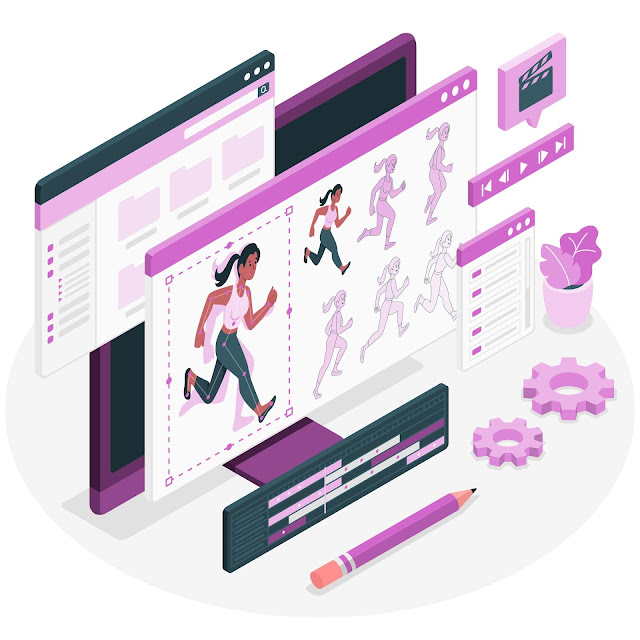In the vibrant world of Fleischer Studios' Color Classics, nestled amongst Popeye and Betty Boop, lies a lesser-known gem – "Hawaiian Birds" (1936). This short cartoon, bursting with color and catchy tunes, tells a whimsical yet surprisingly dramatic tale of love, betrayal, and the allure of the big city.
The story follows two lovebirds, a Hawaiian girl bird and a boy bird diligently building their love nest. Their idyllic island life is disrupted by the arrival of the Big City Orioles, a jazz band led by a slick, trumpet-playing bird. Mesmerized by the unfamiliar music, the girl bird ditches her nest and flies off to join the band, leaving behind a heartbroken boy bird.
Driven by love, the boy bird embarks on a journey to the snowy big city. There, he finds his beloved performing with the band, but the harsh reality sets in. The once vibrant girl bird is now jaded and disillusioned, having been cast aside by the bandleader after a brief fling. Dejected and contemplating suicide, she's saved just in the nick of time by the boy bird, who whisks her back to the warm embrace of their Hawaiian paradise.
While the animation in "Hawaiian Birds" is charmingly simple with its rubber hose style, the story takes an unexpectedly dark turn for a Fleischer cartoon. The initial lightheartedness of the island life and the catchy song "Birds of a Feather in Hawaii" give way to themes of betrayal, disappointment, and the dangers of chasing fleeting trends.
Despite the dramatic twist, the ending offers a comforting message of love and the importance of home. The boy bird's unwavering devotion and the girl bird's eventual realization about the true meaning of happiness solidify the power of love and the irreplaceable charm of their island sanctuary.
"Hawaiian Birds" remains a unique entry in the Fleischer Color Classics catalogue. Its blend of humor, music, and surprising depth offers a glimpse into the diverse storytelling capabilities of the animation studio. So, the next time you explore the world of classic cartoons, take a moment to discover this hidden gem and be prepared for a tropical adventure with an unexpected emotional twist.












